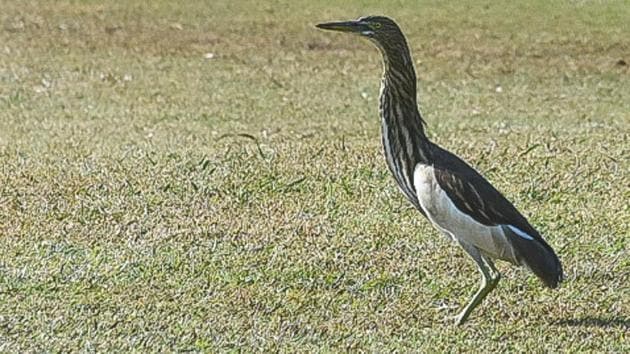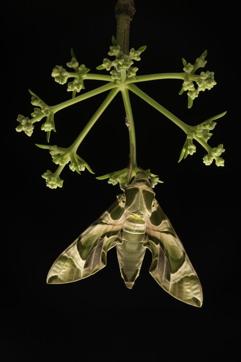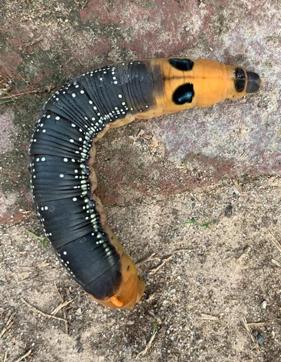Wildbuzz: An uncommon smartness
Understanding why herons are very smart birds that adapt beautifully to the environment changing around them
Golfers ambling down the fairway to the 9th hole green at the Panchkula Golf Club (PGC) will have noticed a couple of birds stalking the tightly mowed grass. The birds are digging the soft soil for grubs and insects much like Hoopoes. What the golfers may not comprehend is that those birds, Indian Pond herons, are indulging in a foraging behaviour relatively unknown to the species. Otherwise, herons are typically depicted as water birds lurking around shallow pools to hunt fish, frogs, insects etc. A resident species encountered virtually throughout the subcontinent, the heron is, however, an understudied and under-watched bird thanks to a national obsession with charismatic species such as bustards and tigers.

I sought an insight into the herons’ novel foraging behaviour from KS Gopi Sundar, an ornithologist engaged intensively with field research of water birds and a global award-winning scientist. “Herons are very smart birds that learn from other birds. For example, I observed Pond herons dipping a dry, discarded ‘roti’ in water to make it easier to swallow. This trick they had learnt from birds such as Grey herons. I cannot speculate on which species the herons may have emulated for grubbing at the PGC but it seems that they observed other species doing so, tried it out and discovered rich pickings in the form of protein-rich grubs that flourish in golf courses as they tend to be artificially over-watered,” Sundar told this writer.
“We term such adaptability as ‘behavioral plasticity’ or the ability of an organism to adeptly vary its behaviour in response to environmental changes. In contrast, the Indian skimmer is a super specialty species that requires pure riverine habitat for survival. The skimmer has been declared a vulnerable species due to its relative inability to adapt to ravaged river ecology. But herons adapt to ecological disruptions, find new foods and continue to propagate the species in abundance,” Sundar added.
MIDNIGHT’S BLOSSOMS

Smart Pond herons at the PGC are habituated to the golfers advancing upon their feeding grounds and beat a short retreat to return to digging when they have seen off the last of the golfers’ backs. In contrast, I stumbled upon a creature in a terrified tizzy at the Chandigarh Golf Club. It was a colourful and large caterpillar moving around in circles on the path to the 4th hole tee box. The caterpillar was searching for a suitable spot to pupate and that would be on soil or within loose soil, in moss or beneath fallen leaves.
The caterpillar was the final-stage larvae of the Oleander hawk-moth or the Army Green moth, a beautiful insect that ventures into the twilight to feed on nectar after remaining still and cryptic through the day, unlike sun-kissed butterflies. Interestingly, in the initial stages of its life as a caterpillar, the Oleander’s colouring is greenish but turns browner with markings quite different in its final caterpillar stage. Before the caterpillar turns into a nocturnal moth, it must go through the intermediate stage of pupation.
In the initial stages of its life as a caterpillar, the Oleander’s colouring is greenish. It turns browner with markings quite different in its final caterpillar stage.

Nature’s embedded surprises are at their most vivid in butterflies and moths. They metamorphose from hairy caterpillars to still, humdrum pupa bundles and finally blossom – quite unbelievably – as petals on wings, as blessed ballerinas of the free air.
If all goes well, golfers may never catch a glimpse of what that crawling creature turned into as it must fulfil its tryst with midnight: as an angelic moth, as a moon flake flitting in the shadows lingering over deserted, ghostly greens.
vjswild1@gmail.com






